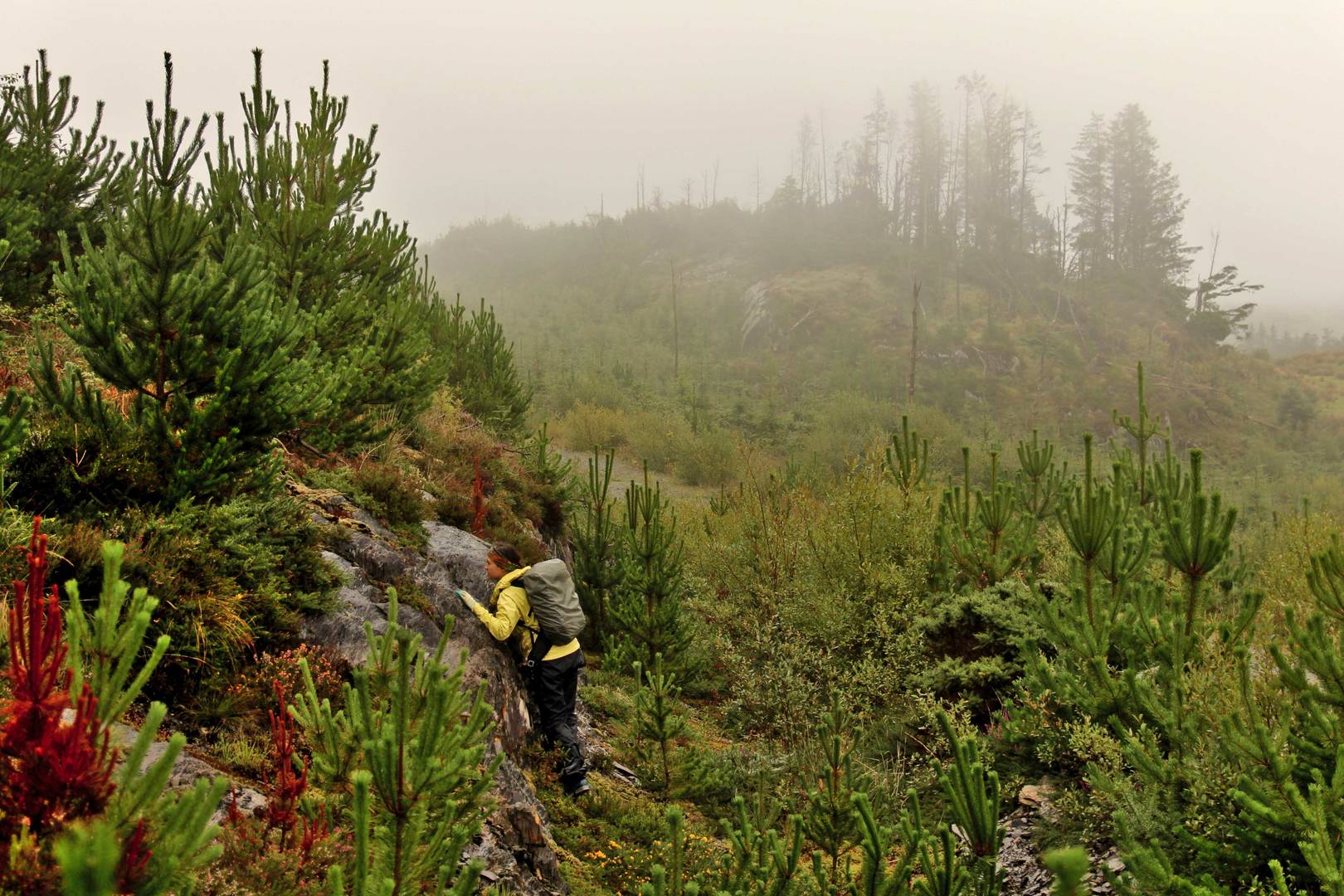Four-Acid Digestions
Four-acid decomposition is useful when exploring in residual terrain where soils have formed from the rocks of interest. A four-acid digestion utilises a combination or nitric, perchloric, and hydrofluoric acid with a final dissolution stage using hydrochloric acid. This digestion breaks down most minerals allowing for a “near-total” sample decomposition and subsequent analysis. Proprietary ALS techniques work to minimise the loss of elements generally considered volatile in a four-acid digestions including As, Se, Sb, Te, and Tl. Due to the relative high temperature of digestion and the small sample aliquot digested, Hg and Au cannot be reported from the same digestion.
What minerals are dissolved by a four-acid digestion?
Most silicate and oxide minerals are effectively broken down plus all of the mineral phases that are digested in aqua regia methods. Some of the most resistate minerals may not be fully broken down. These minerals include barite, chromite, columbite-tantalite, cassiterite, celestite, rutile, scheelite, wolframite, and zircon. If full quantification of elements of interest hosted in these minerals is required, a fusion method may be needed for a full sample decomposition.
LEARN MORE
 Vyhledat
Vyhledat
 čeština
čeština
 Login
Login





















































